What Happens Inside a Washing Machine
Inside a Washing Machine
Dirty clothes go in and come out clean. For the average person that’s enough, but for the curious few what happens in between? We broke it down in this post.
Who Invented the Washing Machine?
The practice of washing clothes has always been around. In ancient times, people used rocks and sand to help with handwashing items. Invented by Alva J. Fisher in 1908, the first electric washing machine revolutionized households.
Advantages of Washing Machine
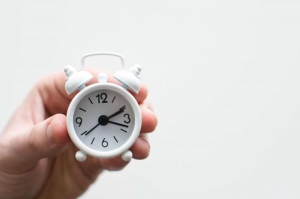
Time is the most precious resource. When the washing machine was first invented, although not mechanically perfect, it saved people a tremendous amount of time. Instead of manually washing clothes, washing machines allowed people to do other things while their clothes were being cleaned.
Another impact washing machines have had is in extending clothing life-span. By using different cycle customizations – delicate, heavy, cold or warm – users are able to get deeper cleans while maintaining the material.
It’s truly hard to grasp the net impact that washing machines have had on our everyday lives.
How Does a Washing Machine Work?
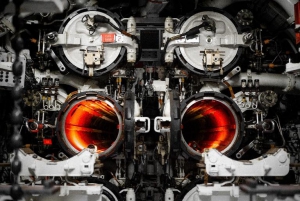
So what’s happening behind the curtain? Inside a washing machine, there are three primary parts – the inner drum, the outer drum, and the paddles – sometimes referred to as agitators.
The Inner drum is what you see inside. This part holds your clothes and filters water in and out. As the inner drum fills with water and spins, the outer drum is stationary and keeps the water from spilling.
The outer drum also controls the temperature. There’s a thermostat in the outer drum that monitors this. There are also three attached pipes – one for hot water, one for cold water and one for dirty water. Together, all three pipes control the temperature and water level of the inner drum.
The last part of the washing machine is the paddles or agitators. These, as you can guess, move your clothes while the inner drum spins.
Types of Washing Machine
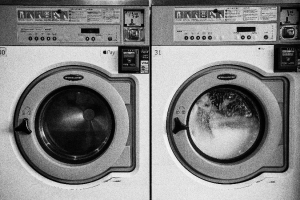
There are three primary types of washing machines. Once you understand the difference, it’s simple to tell them apart. The three types are – Top Load Agitators, Top Load Impellers, and Front Loaders.
Top Load Agitator
Top Load Agitators are older machines, they’ve been around for 60+ years. Although reliable, they typically use three times the water and energy than modern machines. Top Load Agitators are the least environmentally friendly and will increase your water and energy bills.
Top Load Impeller
Also known as high efficiency (HE) washers, these are the most modern washing machines. These use an impeller at the bottom to move clothes. For efficiency, you can turn HE on for larger loads.
Front Load
Instead of using agitators to help move around clothes, Front Load Machines depend on clothes rubbing against each other naturally. This method is easier on clothes and extends their life span. Front Loaders work well with large loads
Fun fact! In general, you’ll see more front-load machines in Europe and top-load machines in the States.
Wrap up
As mentioned, there are three types of washing machines and three primary parts. Once you know the basics of how each one works, washing gets a lot more simple.
The washing machine undoubtedly saves us all much-needed time. That said, in today’s fast-paced world even that may not be enough. If you find yourself needing a little more time on your hands, consider hiring a laundry pickup and delivery service like Laundry Butler for You. They pick up your clothes and return them the next day clean and folded. One less chore off your list means that much more free time to do whatever you want. Head over to the Laundry Butler for You home page to learn more.
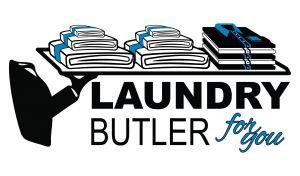
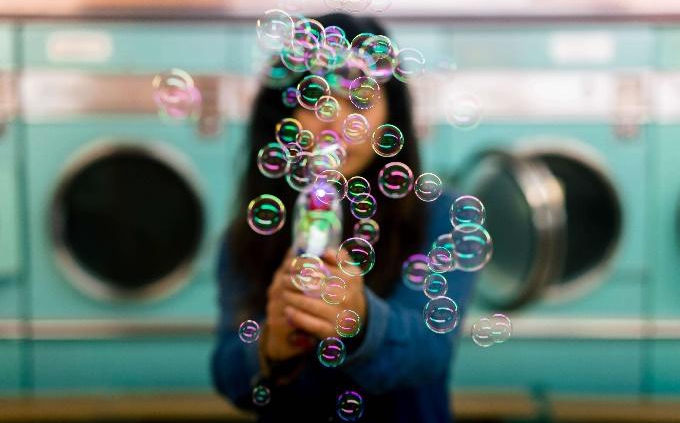

Leave a Reply
Want to join the discussion?Feel free to contribute!